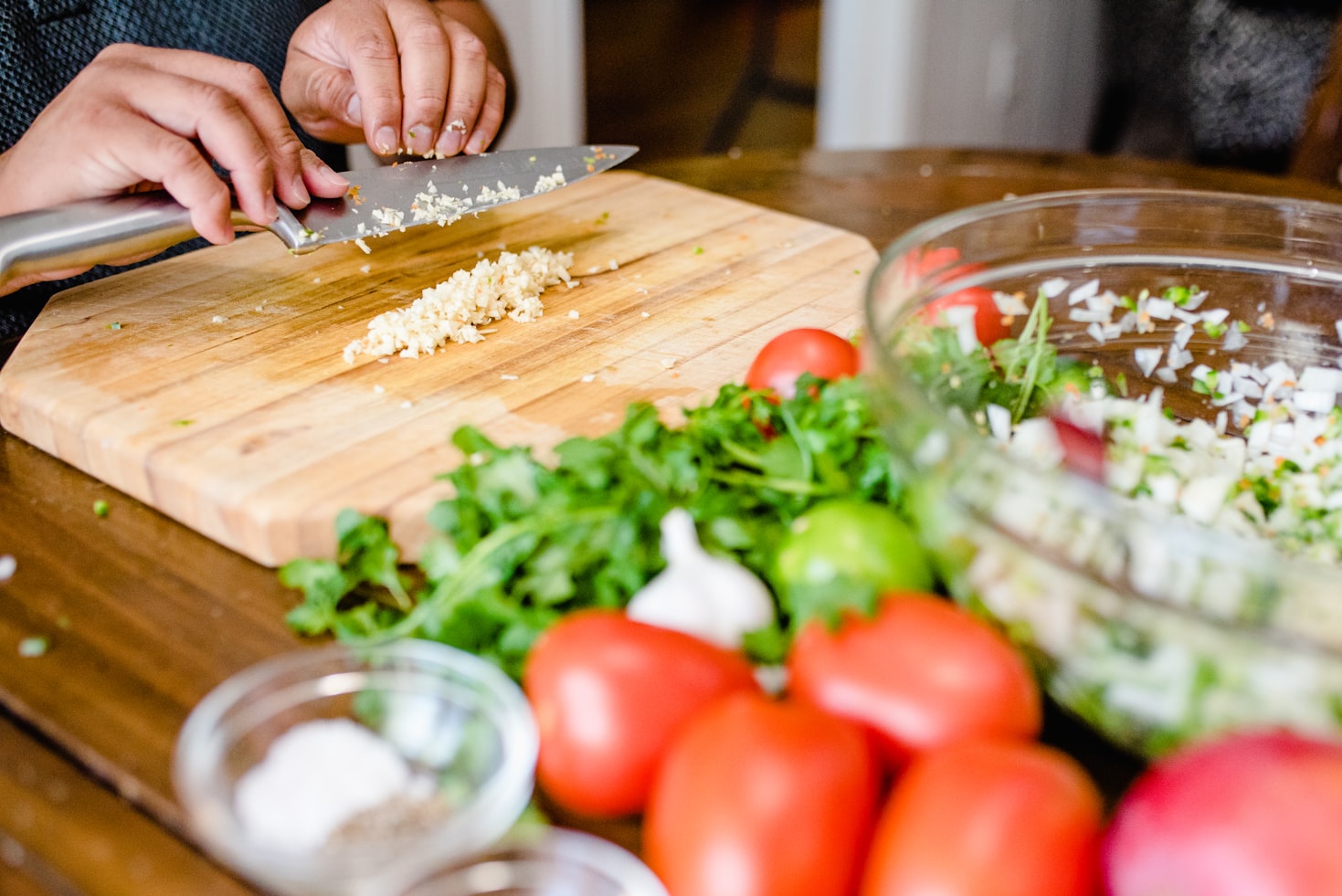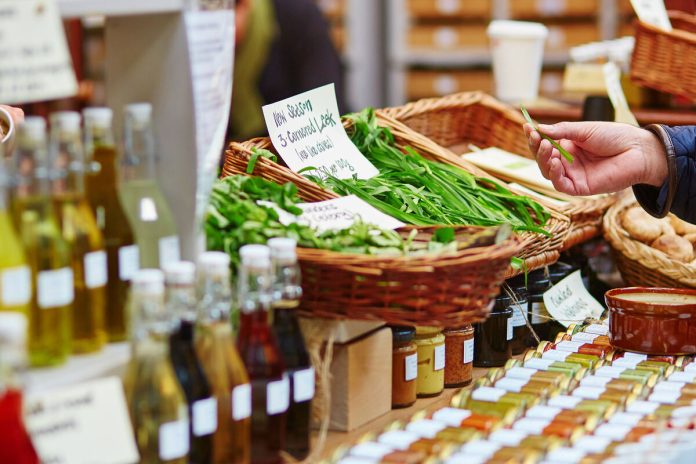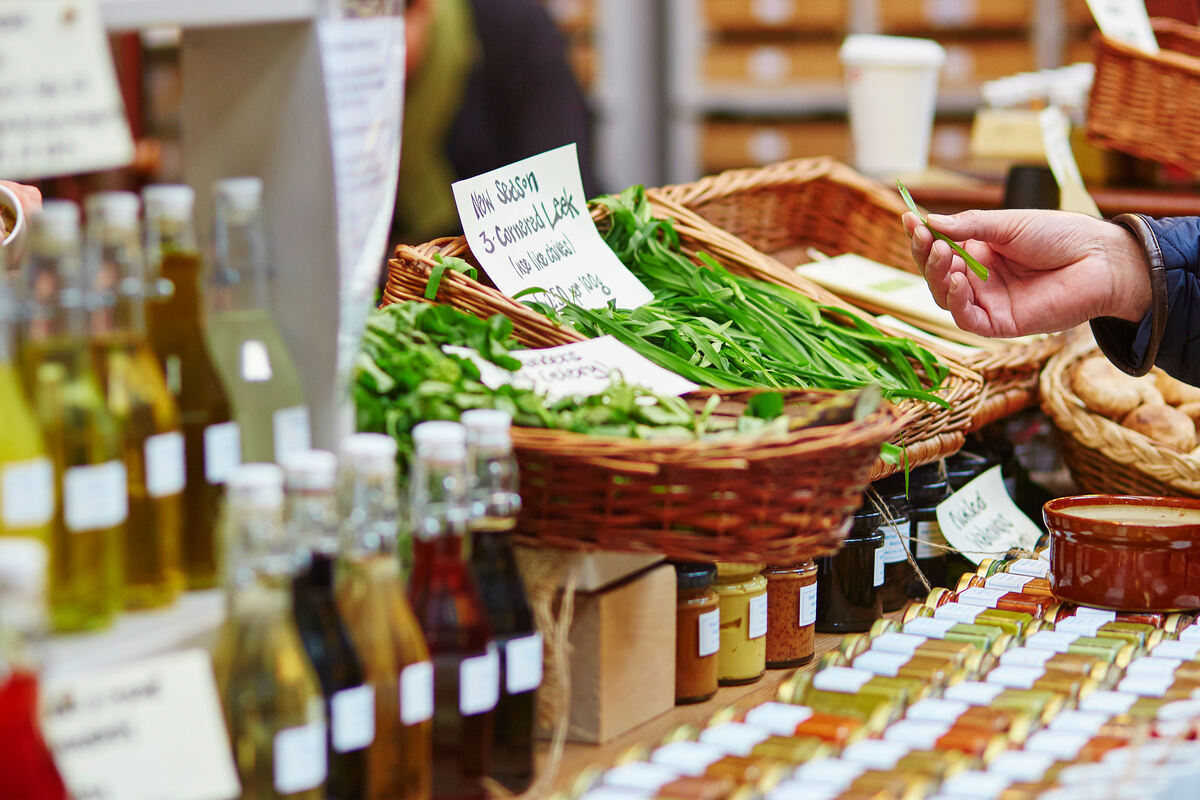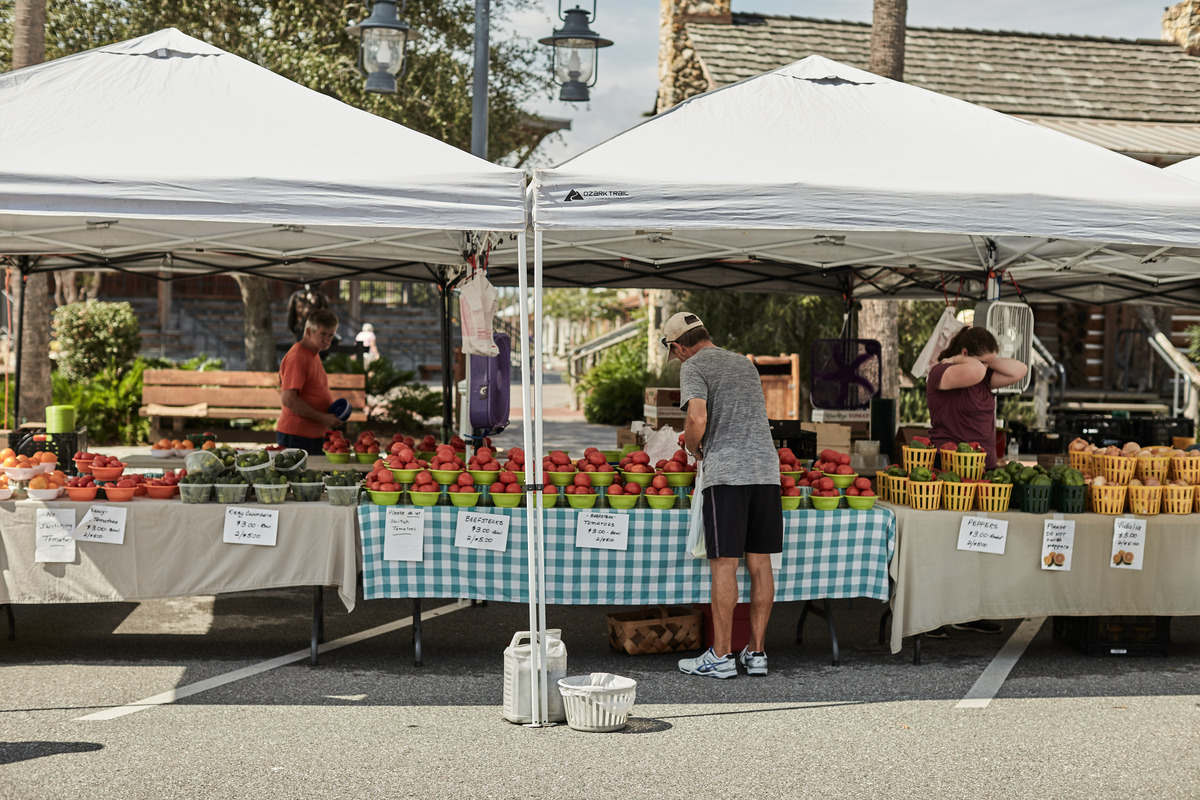When balancing tight schedules, striving for an eco-friendly lifestyle with sustainable living can be challenging for many busy professionals.
A little forethought and creative flair will balance the most hectic routine and choices that provide an easy way to pass the health and environment acid tests. Such strategies will simplify meal planning but also empower you to make a positive environmental impact.
This blog post explains key eco-friendly practices to bring into your daily routine, making your lifestyle healthier and greener.
Choose Locally Sourced and Seasonal Produce
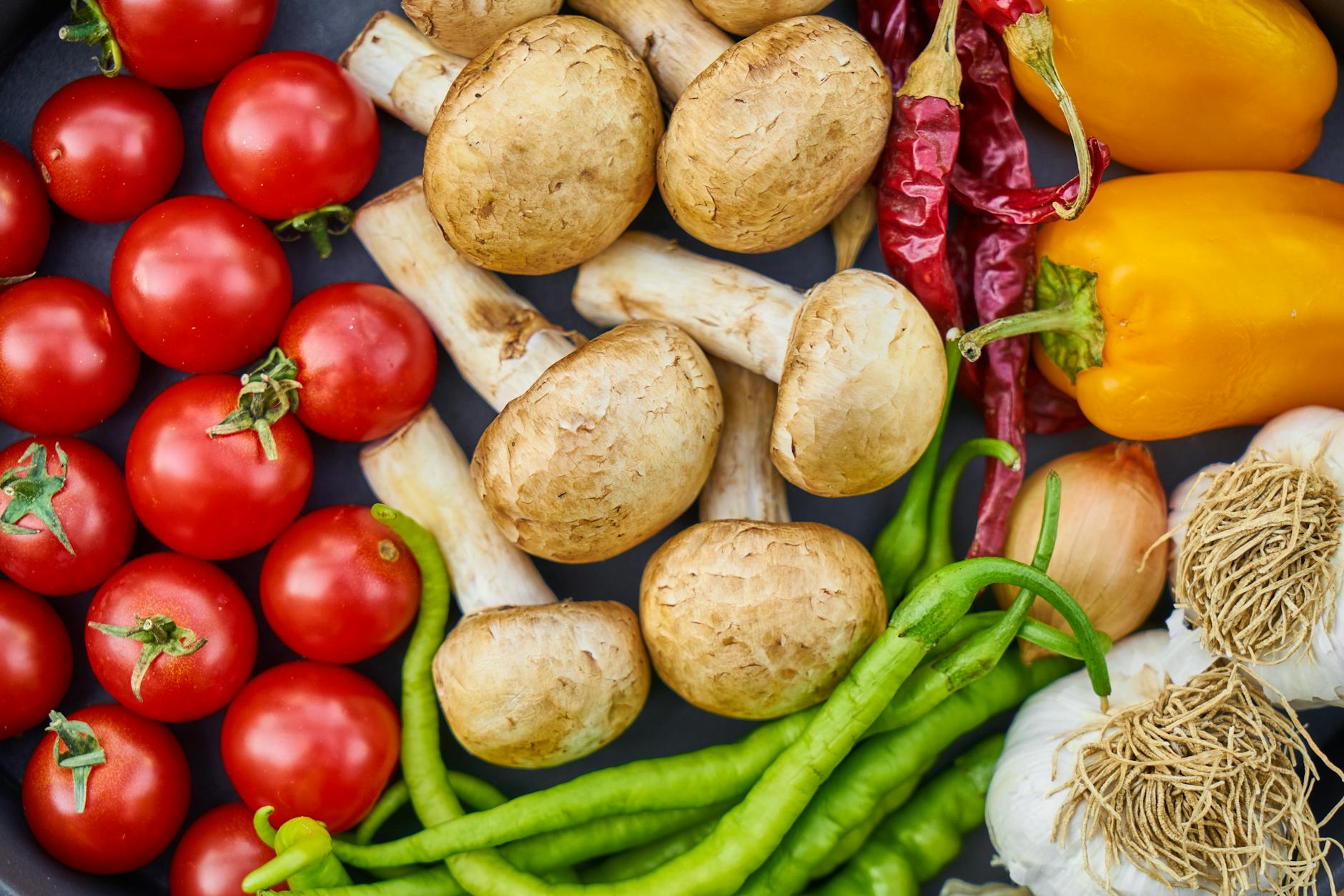
It would help significantly if most of the fruits and vegetables in the house were in season and bought from local farmers. This can drastically reduce carbon emissions associated with the long transport of such items.
Farmers’ markets or community-supported agriculture programs provide fresh, flavorsome options that reflect your values. Also, consuming locally grown produce will give back to the economy near you.
Consider organically produced farm products to support sustainability. It encourages local farmers to stick to non-chemical usage in their daily practices, from dealing with weeds to taking proactive measures against pests. Organic farming is not only affordable but also leads to a healthier society.
Embrace Batch Cooking and Meal Prepping
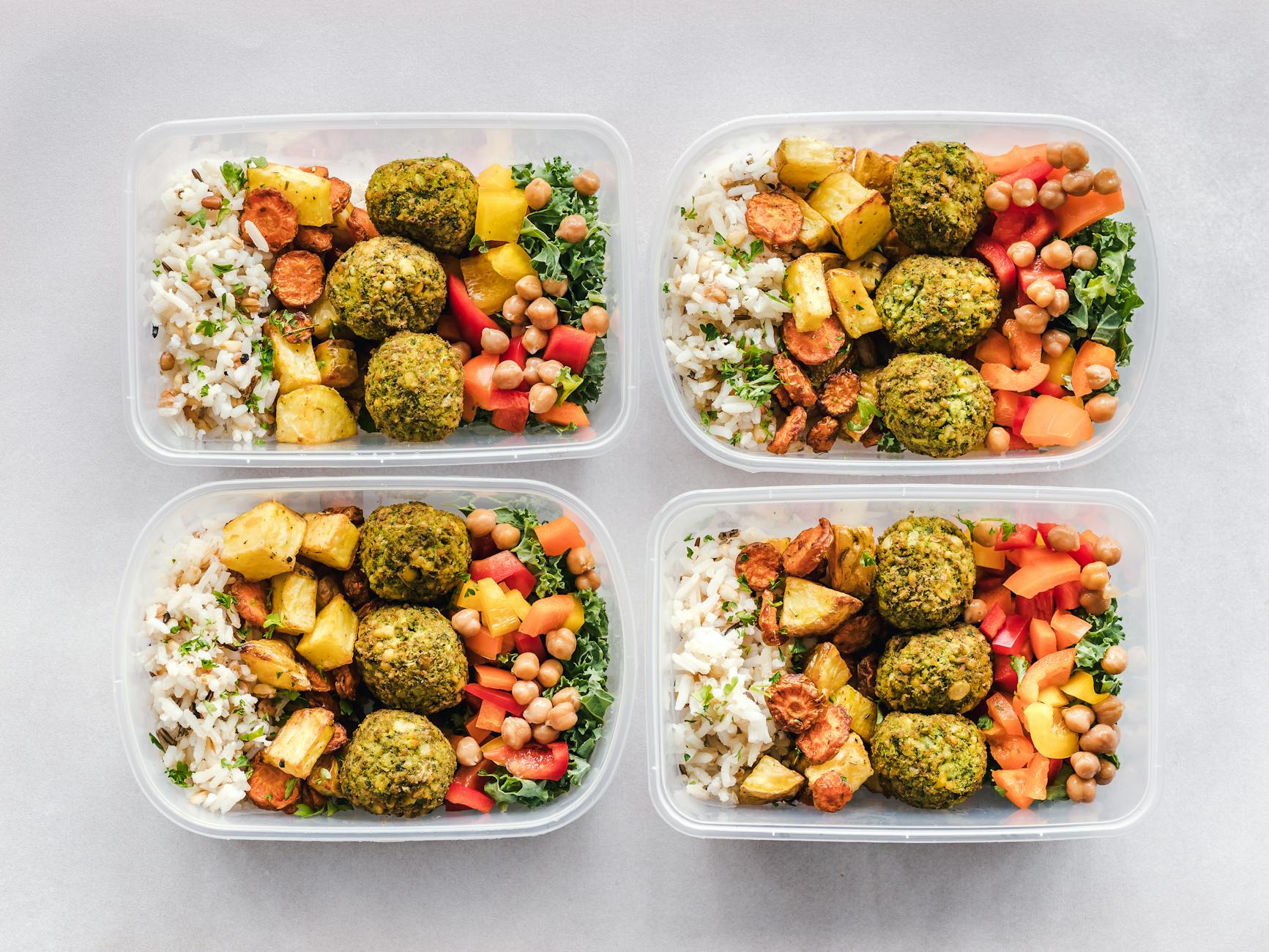
Meal prepping will save time and drastically reduce the amount of waste one would generate. Cooking batches of food, for example, your favorite dishes, and portioning them into reusable individual containers for the week instead of putting them into disposable plasticware will be great.
Also, consider all eco-friendly, plant-based recipes with minimal processed ingredients. Consider finding online resources on how to combine the various dishes and desserts. Also, find out how to store side dishes such as soups and stews.
Add in Plant-Based Proteins
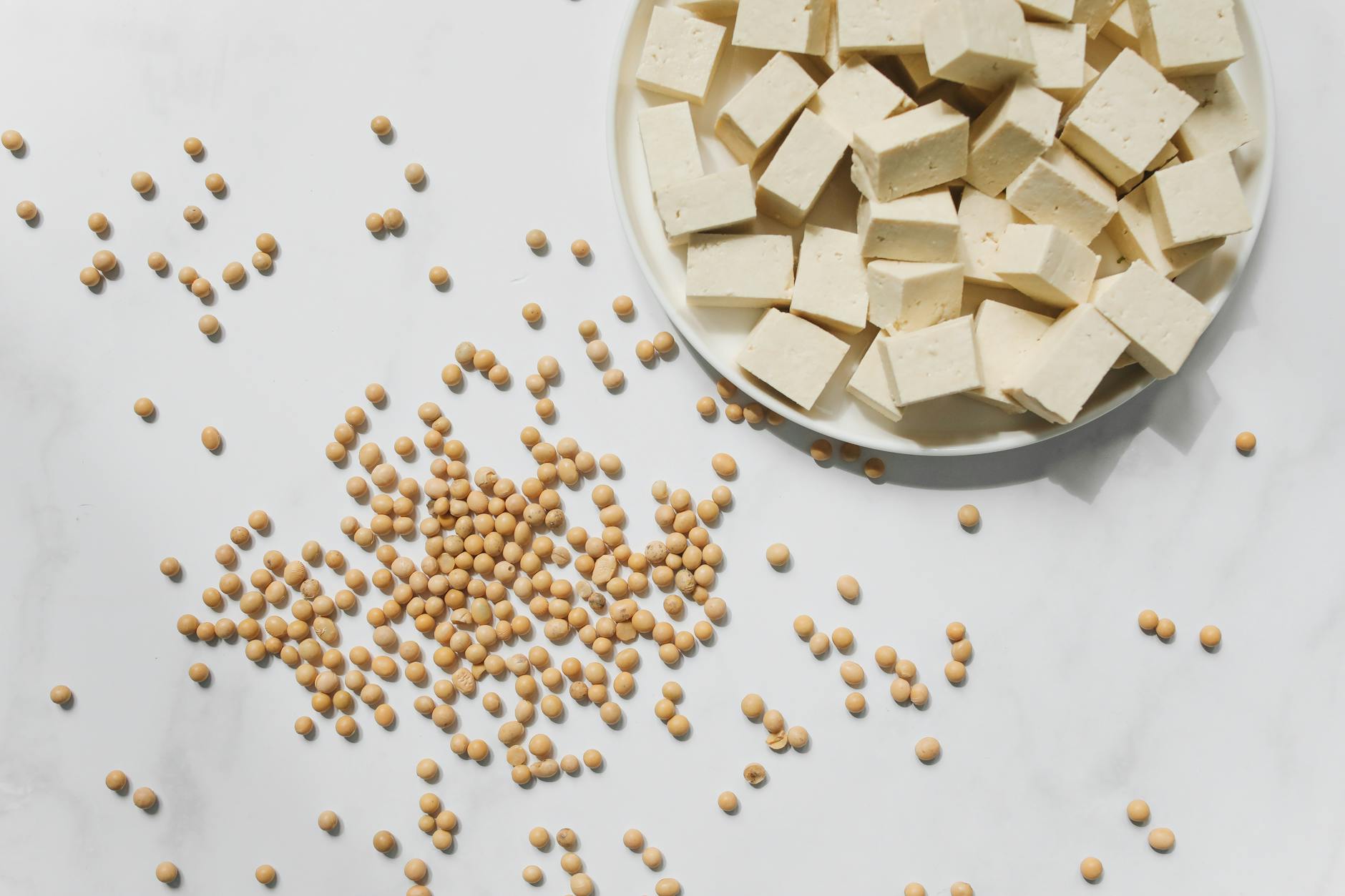
Some of the most powerful ways to reduce your ecological footprint involve consuming less meat. Plant-based proteins, like lentils, chickpeas, tofu, and quinoa, are all healthy foods that take less energy to produce than animal-based proteins. Plant-based proteins will also introduce new textures while adding new flavors.
Adding plant-based meals into your rotation doesn’t have to mean sacrificing flavor or convenience. You can make a hearty lentil chili or a chickpea salad wrap perfect for on-the-go lunches. Experimenting with spices and herbs can make these dishes more satisfying.
Seek Expert Advice
The difference that a personalized meal plan will create in maintaining a sustainable and healthy style can be quite marked, as a busy working professional like in New York.
With the use of such services as Fay Associates, one manages to get hold of local certified nutritionists in NY who design meal plans by considering your preference, your schedule, and what produce will be in season. They’ll be candid on the nutritional value, servings and combinations that you could try.
Doing so really makes meal planning less hassling and quite effective regarding nutritional needs. If you require any nutritional information medically, these professionals will guide you on the options of ingredients to target. It includes organic supplements that could complement your dietary plans, making you healthier. During the discussions, be open about your concerns about taste and allergies, which will help these experts give the best alternatives.
Invest in Eco-Friendly Kitchen Utensils
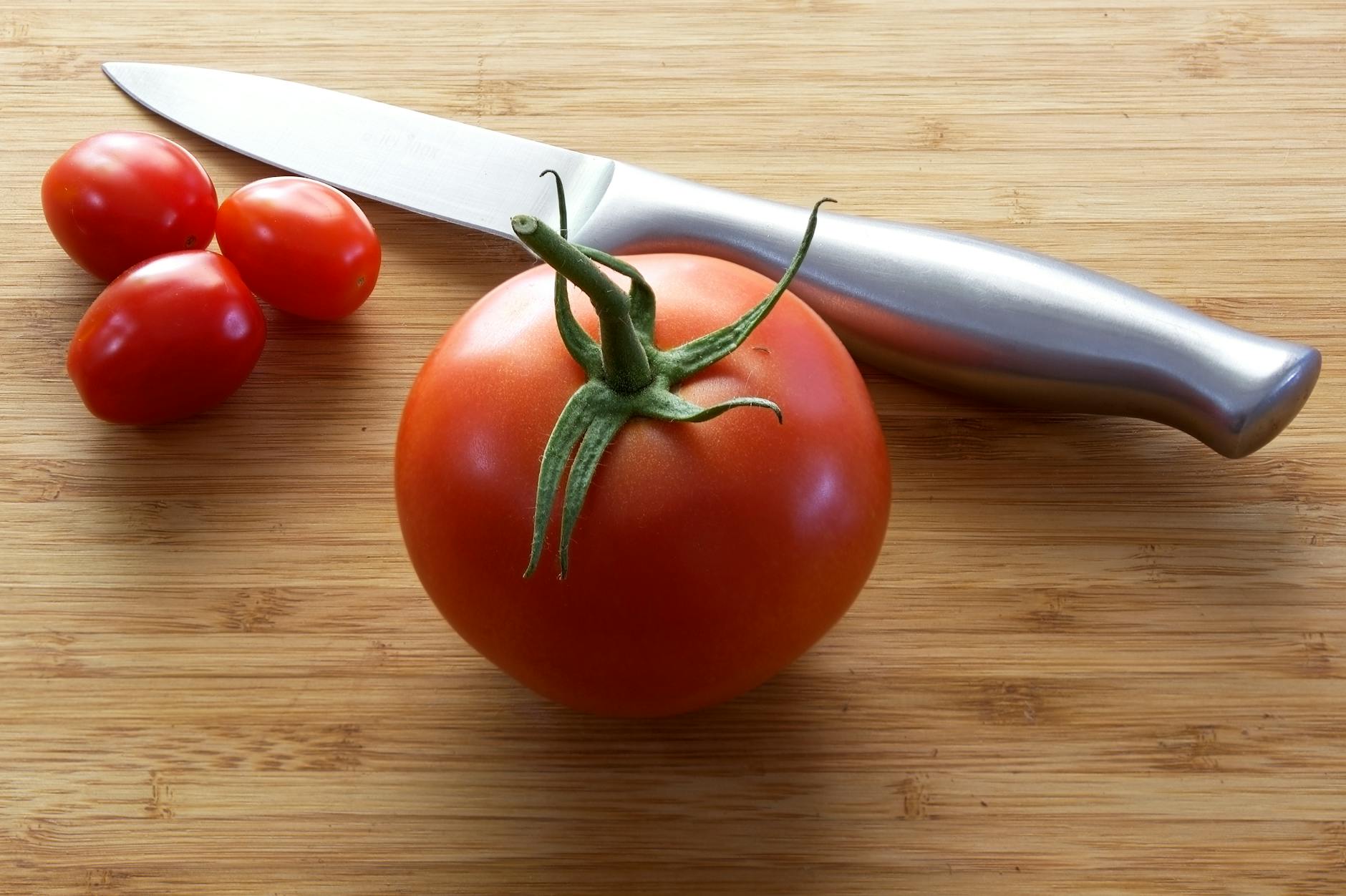
Cooking goes with food but also with equipment that has turned more inclined toward sustainability. Switch some of your more single-use, breakable cookware and storage products with sustainable counterparts.
Target must-haves such as beeswax wraps, silicon cookie mats, and steel lunch bags, which can satisfy your storage needs. As you do the sourcing, ensure you approach reliable dealers known for quality.
You also need to think of energy-efficient when picking the appliances from the electric kettle to the pressure cooker. The minor changes you make in your kitchen setup will pay off after some time. Practicing all these tools with care in your cooking style further enhances your work.
Plan Around Leftovers
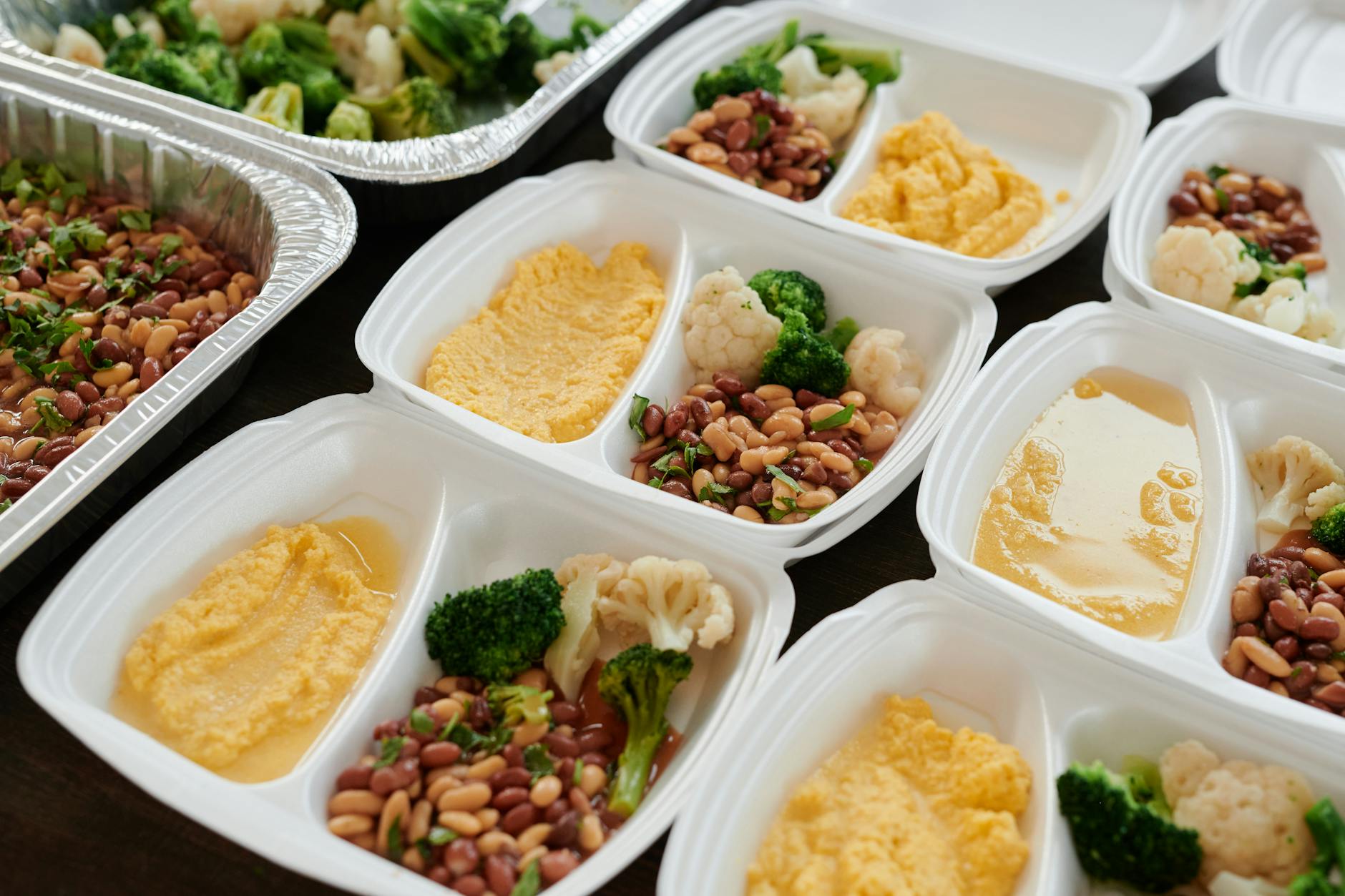
It reduces food waste and saves time when transforming leftovers into newer meals. For example, vegetables from dinner roasted for dinner can easily become the base for a delicious grain bowl or a quick soup the next day, while cooked grains like quinoa or rice can be turned into stir-fries or salads.
Be creative with leftovers; find a new recipe or mix them with fresh ingredients to make something interesting. This way, nothing goes to waste, yet meals remain exciting and different.
Shop Smart and Avoid Overbuying
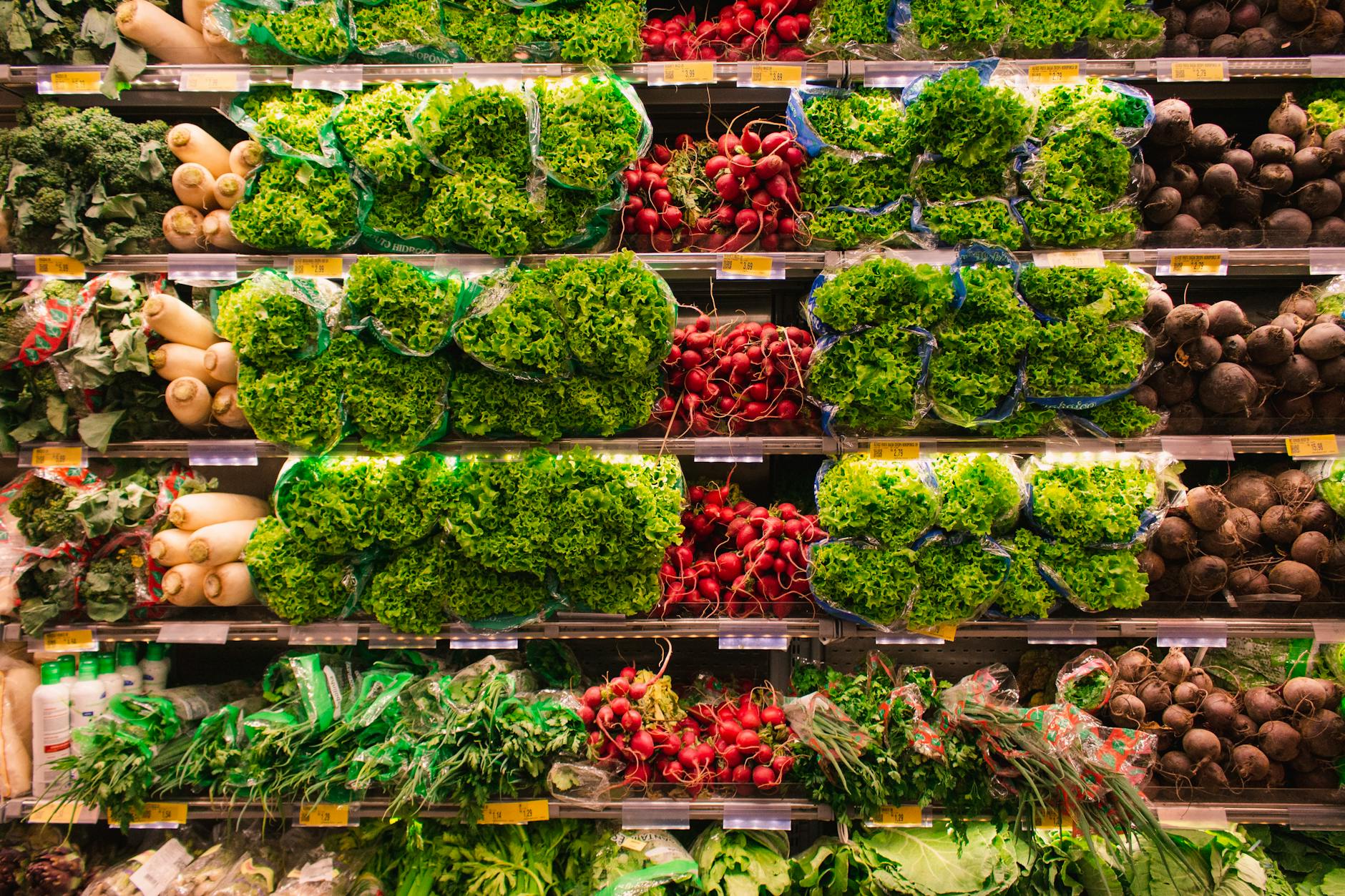
Planning your grocery trips with a detailed list helps to avoid impulse purchases, which can inflate your kitchen budget. Overbuying often leads to waste, one of the prime contributors to greenhouse gas. Shopping with intention will save money and give you purpose and consistency in your meal plans.
Opt for the bulk bins that allow you to purchase just what you need without the excess packaging. Bring your reusable bags in, too. Also, always have a specific shopping list to act as your guide when at the grocery or stores.
Endnote
Going green in meal planning is an easy, efficient way to orient your busy life toward ecological sustainability. With minor, conscious changes, such as sourcing your produce locally and embracing batch cooking, you’ll minimize waste and save energy and time. You may need to engage professionals for proper guidance on how to tailor your meal schedules.

